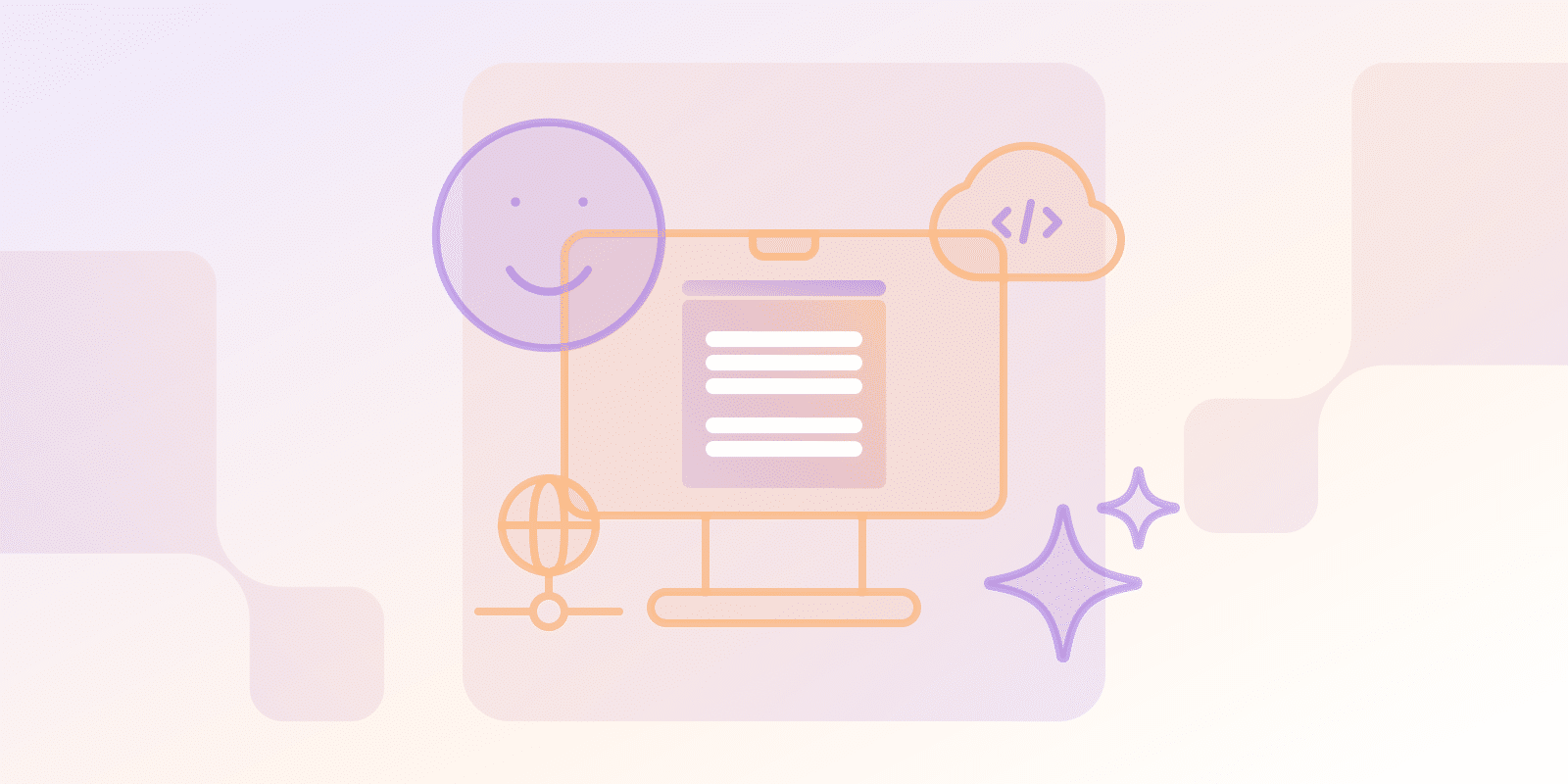Cloud Service Models
What is Software as a Service (SaaS)?

What is Software as a Service (SaaS)?
SaaS refers to using software applications online without downloading the application programs on your computers. It is similar to leasing an apartment that comes with furniture without ownership.
Users can simply access the software via a web browser and pay a subscription fee. Examples of SaaS services include Gmail, MS Office tools like Word, Excel, and PowerPoint, among others, and Salesforce for businesses of all sizes.
How is SaaS different from software?
Software as a Service (SaaS) is software hosted and maintained by a provider, accessible via the Internet on a subscription basis.
Unlike traditional software installed locally, SaaS applications are accessed through a web browser, removing the need for users to handle installation, maintenance, or updates themselves. For instance, in Google Workspace, Gmail and Google Docs tools are offered as SaaS, where users can use them online and do not require installation.
On the other hand, traditional software is bought with a perpetual license and installed on local computers or servers. Users are responsible for managing updates and backups. For example, Adobe Photoshop is launched and updated individually on each computer and its components.
| Feature | SaaS | Traditional Software |
|---|---|---|
| Hosting & Access | ||
| Hosting Location | Cloud-based | Local computer/server |
| Access Method | Web browser | Locally installed application |
| Maintenance & Updates | ||
| Updates | Automatic, managed by provider | Manual, managed by user |
| Installation | No installation required | User must install and configure |
| Licensing & Cost | ||
| Licensing Model | Subscription-based | Perpetual license |
| Payment Structure | Recurring monthly/annual fees | One-time upfront purchase |
What is a SaaS example?
Here are some examples of SaaS applications, each performing many different tasks:
- Productivity: Google Workspace, Microsoft 365
- Communication: Slack, Zoom
- Customer Relationship Management (CRM): Salesforce, HubSpot
- Project Management: Asana, Trello
- Creative Tools: Adobe Creative Cloud
These are a few examples; numerous SaaS solutions continually emerge to meet diverse needs.
Why is SaaS a good model?
The reasons for the popularity of SaaS include:
- Accessibility: You can access the software from your computer with an internet connection.
- Scalability: Modify the subscription to align with business needs.
- Cost-Effectiveness: Pay for what you use option.
- Automatic Updates: Automatic updates for features or security patches.
These are the reasons why SaaS is popular among individuals, startups, and large enterprises.
How do SaaS companies make money?
SaaS companies usually operate on the subscription business model, charging users a fee to use the software applications hosted on the cloud by the companies. Such subscriptions can be monthly, yearly, or based on traffic, the number of users, the amount of data processed, or any other measurable parameter.
Some SaaS companies employ freemium models, offering time-limited offers to attract users, with the expectation that they will upgrade to paid plans for full functionality.
Conclusion
Understanding the SaaS model is crucial for evaluating which solution is right for you or your business. Flexibility, scalability, and affordability in SaaS tools are essential for both individuals and organizations.